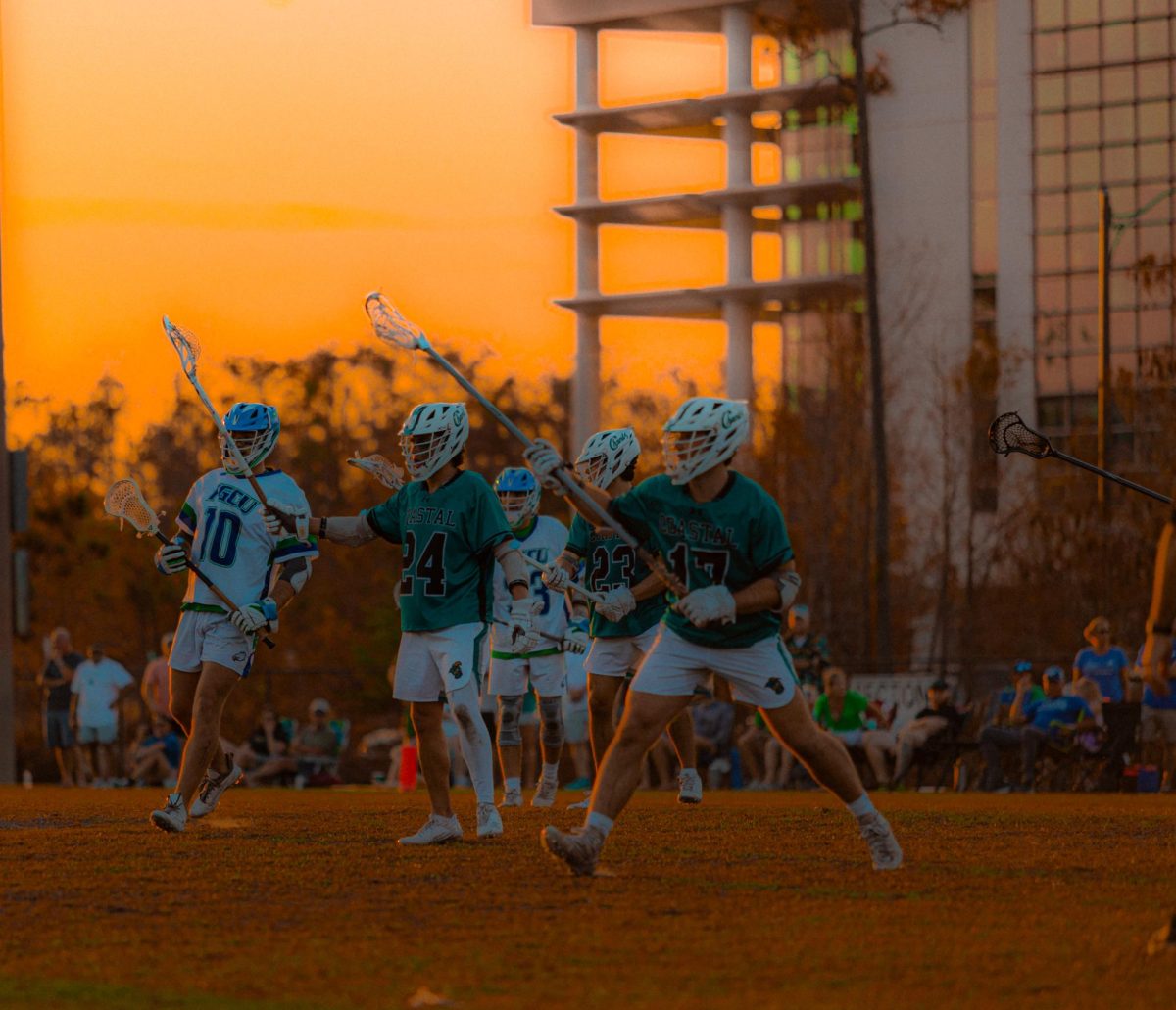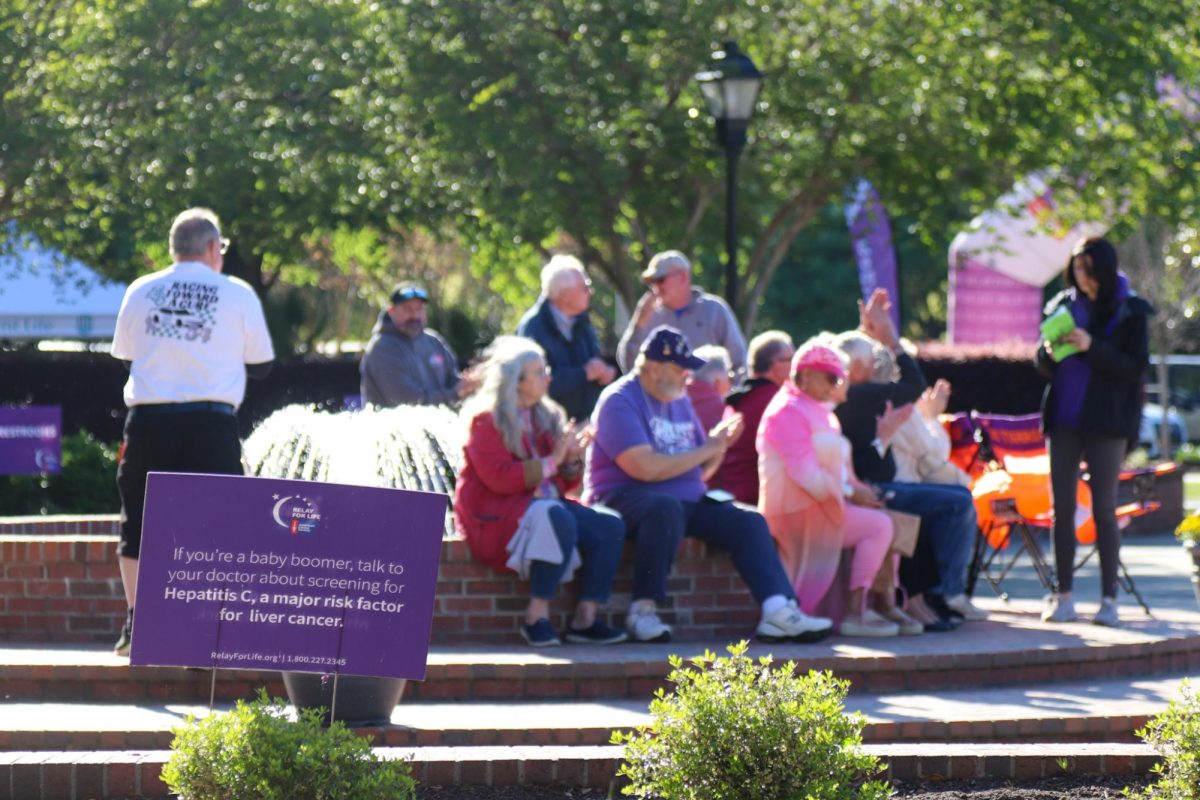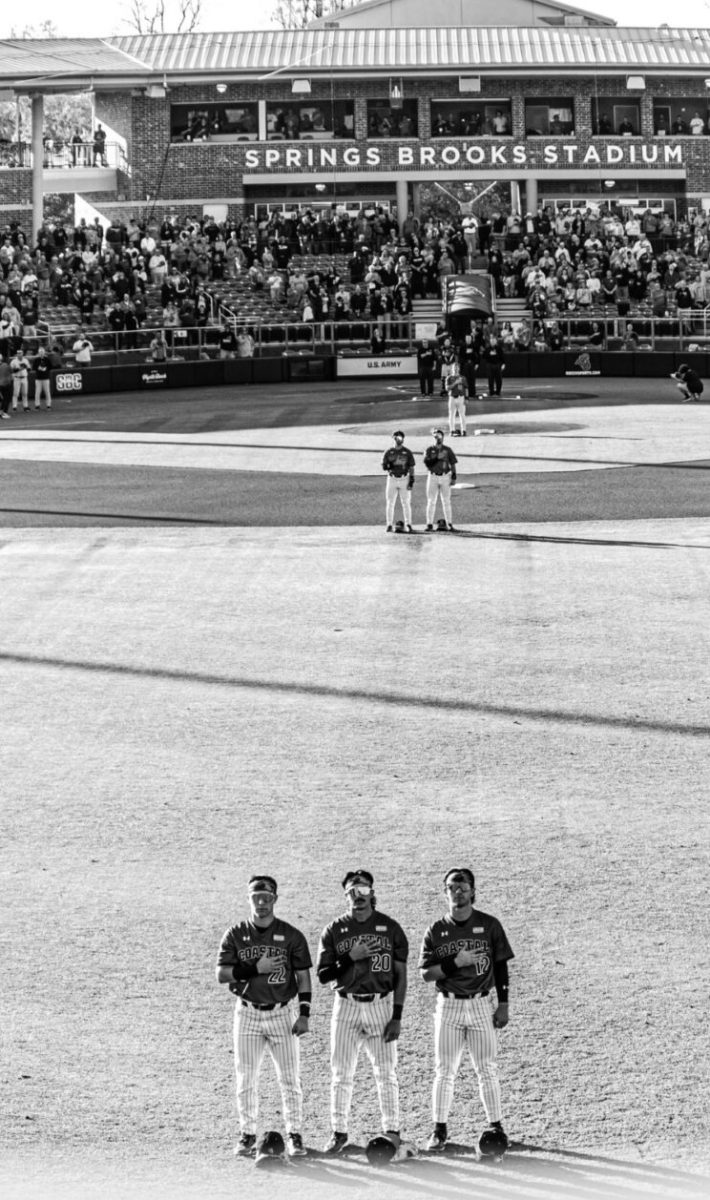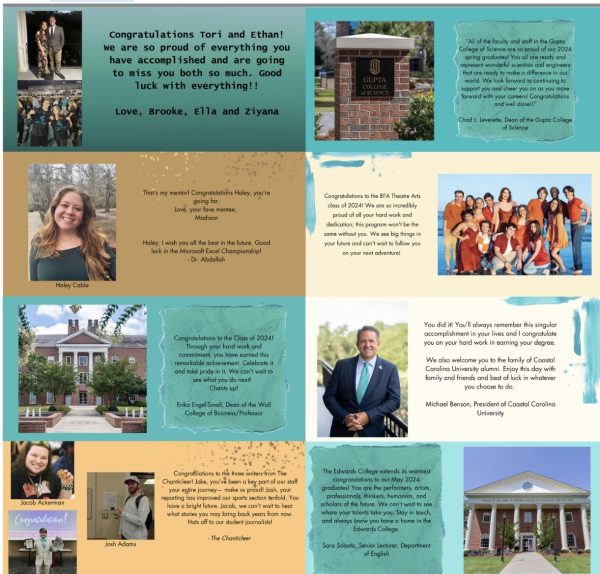Charlie’s Place: The untold history of Myrtle Beach
Myrtle Beach is known for its sky wheel and countless tourist attractions. What is less known is the rich history that lies within the city. Charlie’s Place is an example of how Black musicians, businesses, and community members flourished here despite Jim Crow segregation.
From the 1930s through the 1960s, Black musicians could not perform and stay in many of the spaces where white musicians and tourists were welcome. Located at 1420 Carver Street in the city’s Booker T. Washington neighborhood, Charlie’s Place was owned by Charlie and Sarah Fitgerald. The nightclub hosted performers like Billie Holiday and Otis Redding, and a neighboring motel served as a haven for people who needed a place to stay.
City of Myrtle Beach Neighborhood Services Coordinator Alfreda Funnye is the resident expert on the city’s efforts to restore Charlie’s Place.
“We hear about the parks and Martin Luther King, but stories like this help shape different, small sectors of our country,” Funnye said.
The nightclub and motel were the only place mentioned under Myrtle Beach in the Green Book, which was a guide that helped Black travelers find places where they were welcome during segregation. Funnye said Charlie’s Place was a part of the Chitlin Circuit, the nickname for the clubs and performance venues that hosted Black entertainers during the Jim Crow era.
“It is like the castaways, the throwaway people, the throwaway artists where they’re making something out of nothing,” Funnye said. “They weren’t treated fairly, weren’t able to travel, some tour buses were bombed.”
The nightclub was torn down years ago, and a historical marker was erected in 2018. Myrtle Beach now uses the site as a museum for local history. The former motel now houses a business incubator, and the Fitzgerald’s former home has been renovated for use as a meeting place.
Charlie’s Place is the focus of a research project coordinated by an Edwards Center for Inclusive Excellence (CIE) faculty fellow. According to CIE faculty fellow Wendy Weinhold, who is an associate professor of journalism and The Chanticleer faculty adviser, the project shines a light on stories about the Grand Strand area that are often overlooked. This year’s CIE theme, “Narratives of Democracy,” focuses on telling more inclusive stories about United States history.
Weinhold plans to create a radio show segment with CIE student fellows. Their first segment dives into the history of Charlie’s Place.
There were a lot of negative things happening around the Grand Strand area during Jim Crow, and Charlie’s Place was attacked in a 1950 raid by Ku Klux Klan members. The racist mob, angered the dance floor where integrated Black and white people danced together, shot hundreds of bullets into the club.
According to the historical marker, “Charlie (Fitzgerald) was severely beaten but survived. Some Klansmen were charged, but no one was prosecuted.”
Charlie’s Place presented something new for the world to see.
Thanks to the musicians who performed at Charlie’s Place, it was a very popular dance spot. The nightclub’s manager, Cynthia Howard, always used to dance in the club. She moved in different motions and encouraged others to dance too.
Her dancing introduced new forms of dance that later shaped the definition of beach music. Some of the iconic dance moves included the jitterbug, swing and the shag.
Look for those dance moves on display at Charlie’s Place this October during the Myrtle Beach Jazz festival. The festival was paused during the COVID-19 pandemic but returns this fall to Carver Street. Funnye said the free festival draws hundreds of people to enjoy music and vendors in the large lot where the nightclub once stood.














